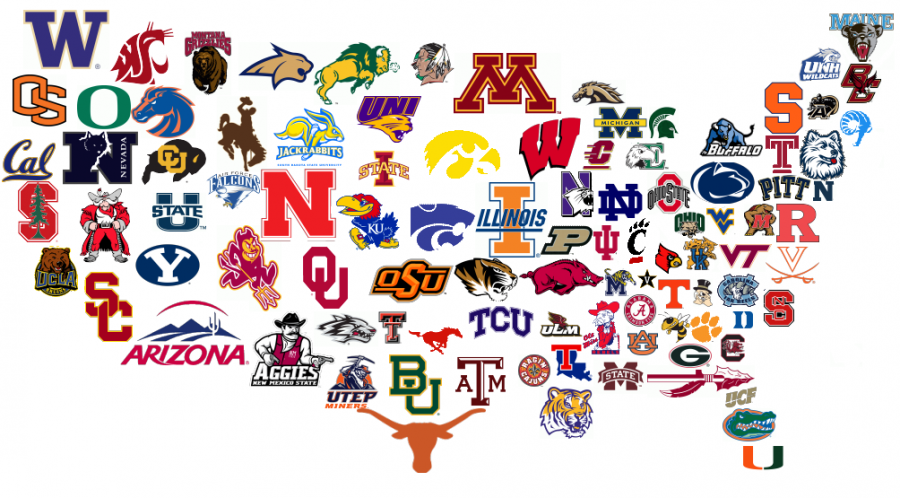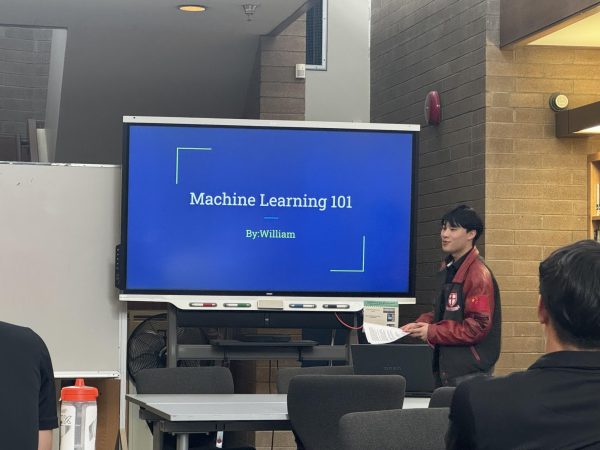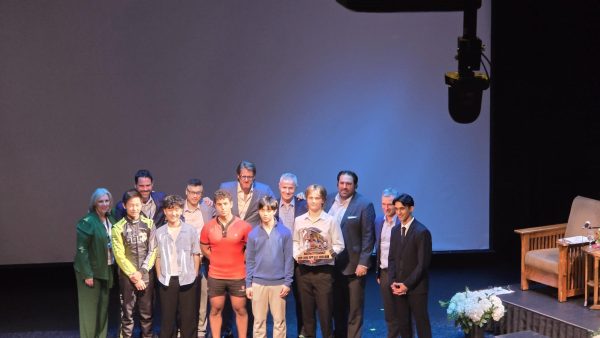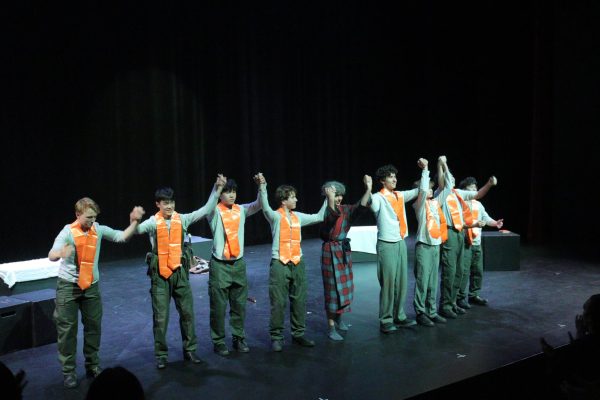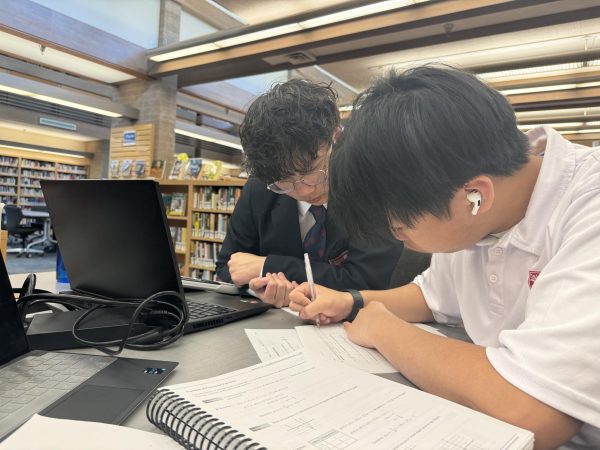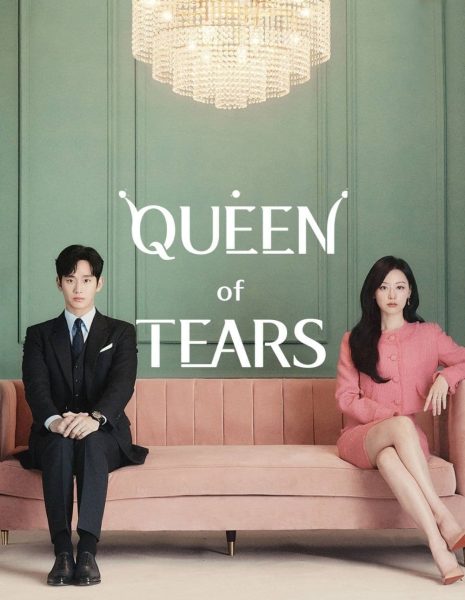Paying Student Athletes: A Student Perspective on the Controversy
The NCAA’s relationship with college athletes has always been rooted in bitter hypocrisies, with its routine scandals over the years sounding almost quaint; coming, as they do, from a billion-dollar non-profit organization whose majority of players “live under the poverty line.” Nevertheless, people all around the world – students, alumni, and left-wing politicians – profess their outrage each time they learn that yet another young student-athlete has taken money under the table. Here, an avid follower of current events from Grade 10, Thomas Yuan, makes a case for paying college athletes – and reveals a few things to consider for athletes at Saints who plan on playing across the border.
“With amateurism as the goal, the organization puts certain principles into bylaws to protect student athletes. As a former NCAA employee noted, the organization’s ‘…father was football and its mother was higher education.’ She observed that the merge between the two was an ‘almost unintentional union,’ and it was ‘brought about in part by the proclivity of students to play games.’” – An excerpt taken from Duke Law Journal’s ‘Will Athletes Ever Learn’.
“You see,” Thomas Yuan told me a month after reading the Duke Law Journal I sent him, “[that] ‘union’ between ‘student’ and ‘athlete’ has become quite crooked.”
“How so?” I asked, though I had a pretty good clue myself, anyhow.
Yuan did not hesitate. “The [NCAA] system claimed to have built itself on ‘amateurism’, he replied. “But it’s a system wherein ‘student-athletes’ collectively generate billions of dollars in revenue for an intercollegiate athletic-industrial complex, yet [receive] a paltry cut of the profits via scholarships.”
What he said then was only a fragment of our unrestrained discussion that day, but it was true enough. In the highest-revenue sports – football and basketball – the argument in favor of paying players is so screamingly obvious as to seem undeniable.
A 2014 lawsuit filed against the University of Northern Carolina noted that student athletes “spend more than 40 hours a week practicing and watching film,” leaving “little time to academic commitment.” College coaches, on the other hand, are among the highest-paid public employees in their states – “a five million dollar salary is no longer eye-popping” – and that paycheck doesn’t even include gifts from boosters, who will occasionally “pay for a coach’s house to make sure that he stays happy.” “Modern-day serfdom”, as Yuan has several times corrected me, not once jokingly.
But setting aside the NCAA’s questionable legal practices, Thomas and I then saw what was only a “reasonable solution” to a problematic puzzle. If the NCAA demanded Division I schools to pay their athletes, the sport will likely become exclusive to a few wealthy universities at the top. Thus it seems completely plausible for the NCAA to collect and redistribute the money in the forms of athletic scholarships.
“To pay or not to pay?” That is the question big-time college sports are faced with, and ultimately what my talk with Thomas boiled down to. On one side of the debate are the defenders of amateur purity, asserting that pay for play would destroy campus sports as we know them; on the other side are reformers like Yuan, arguing that the status quo is both unfair and untenable.

David Guo is a Grade 10 at St. George’s School. Guo joined the school in Grade 9, and has since developed an interest in the Liberal Arts. He is the...



